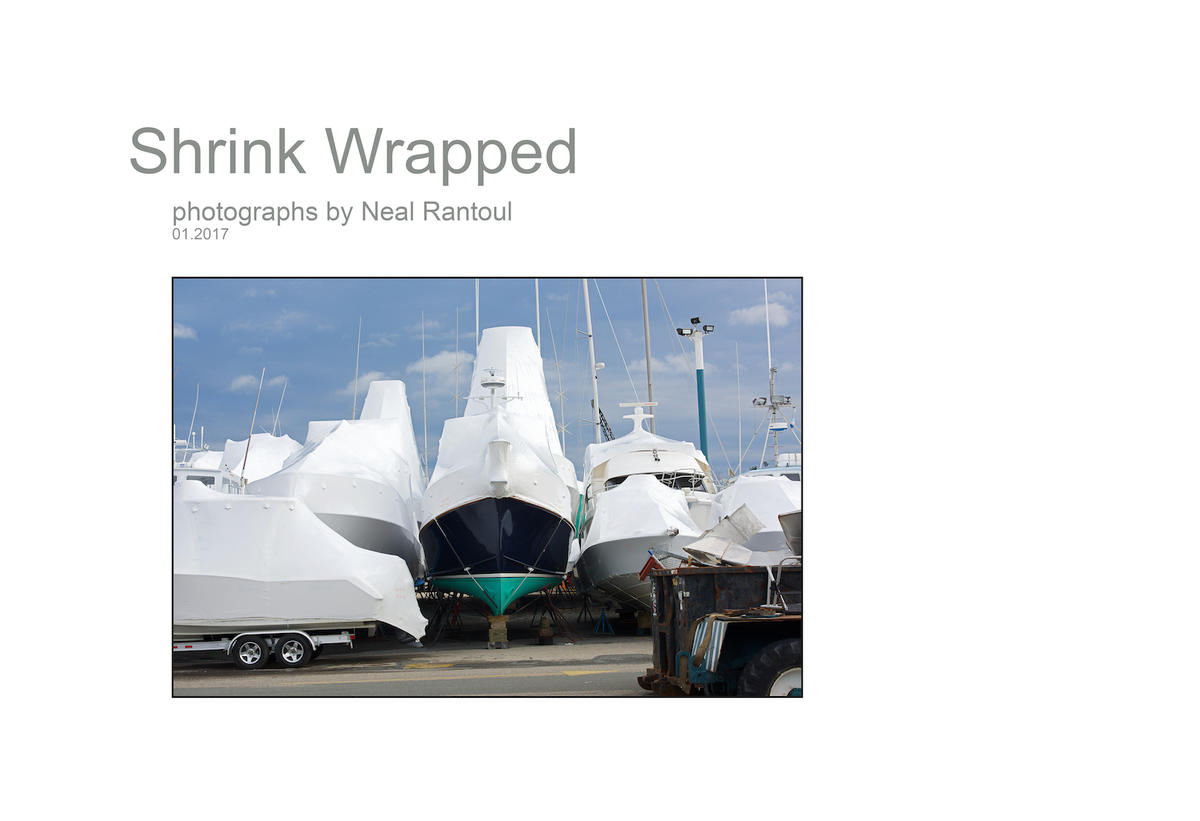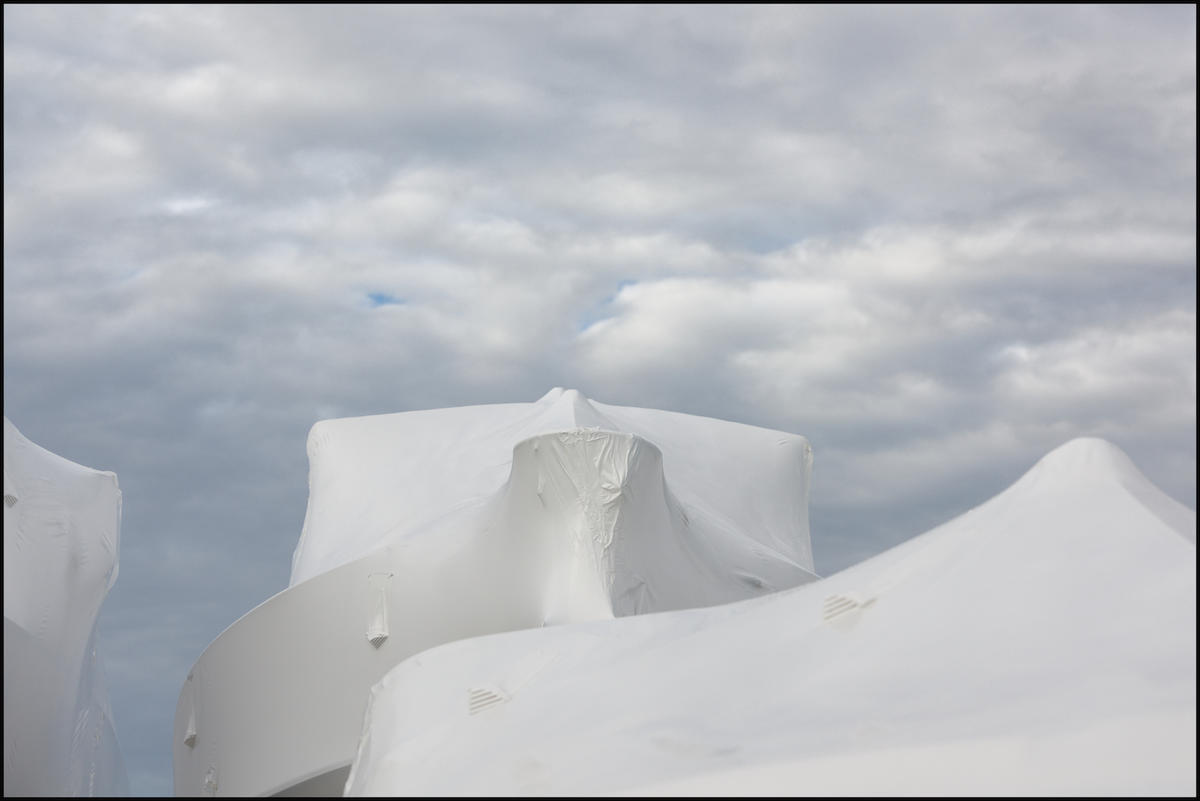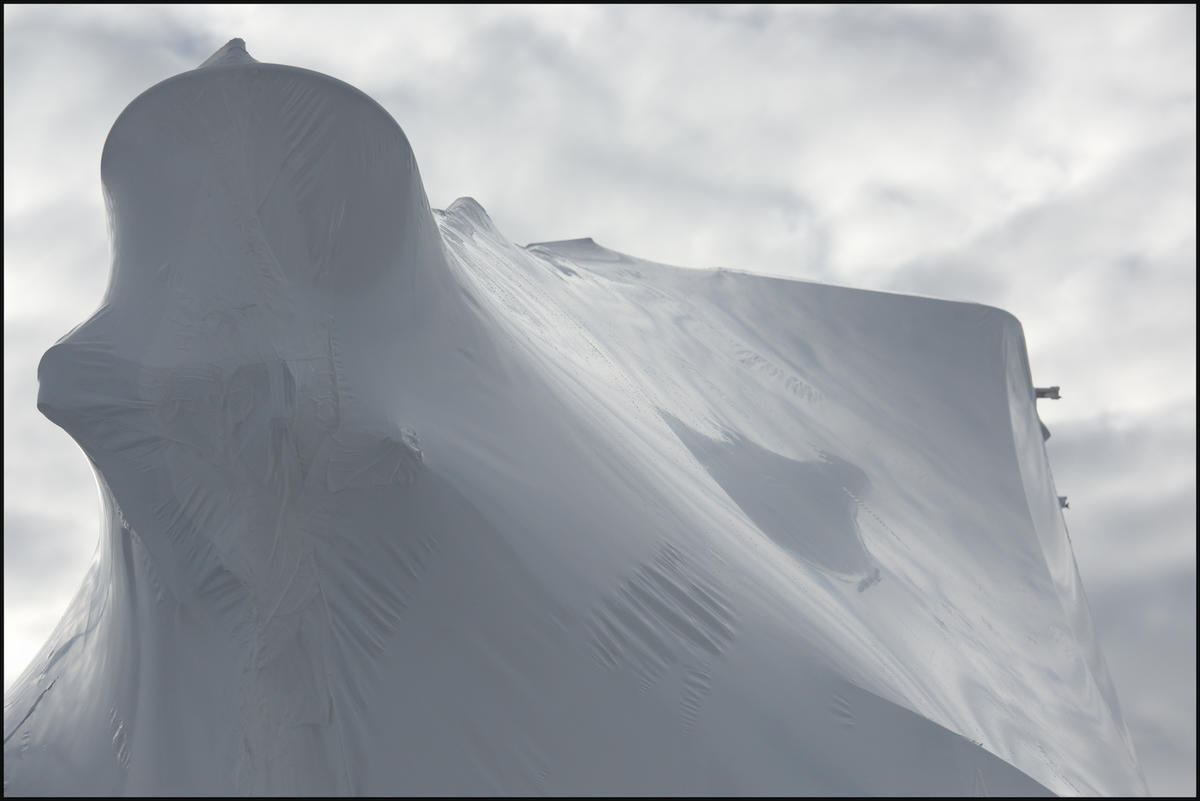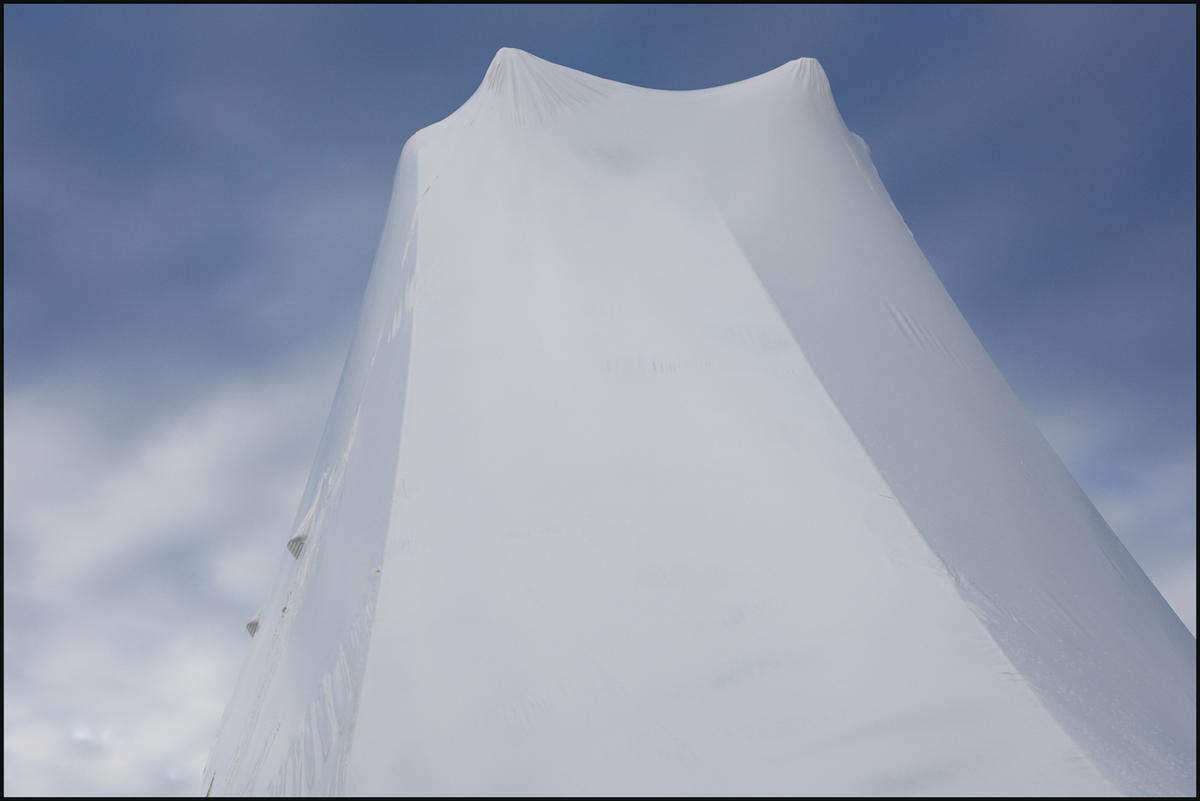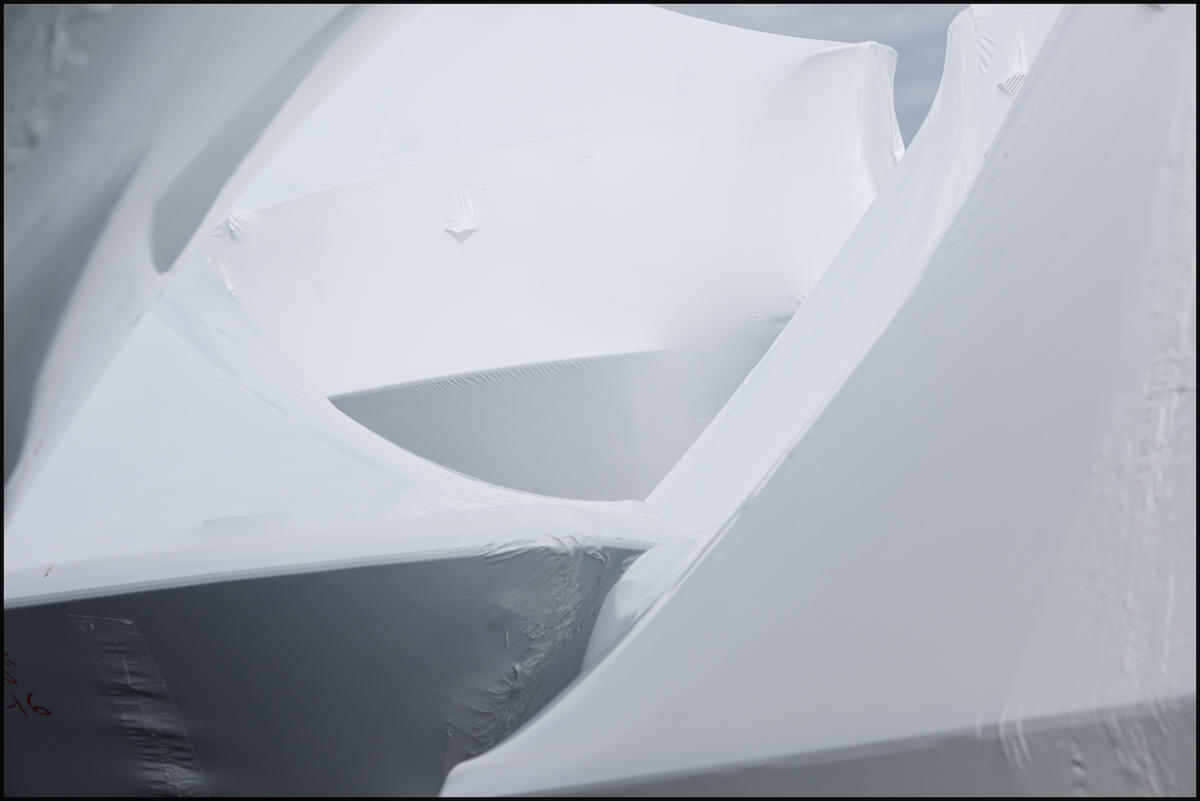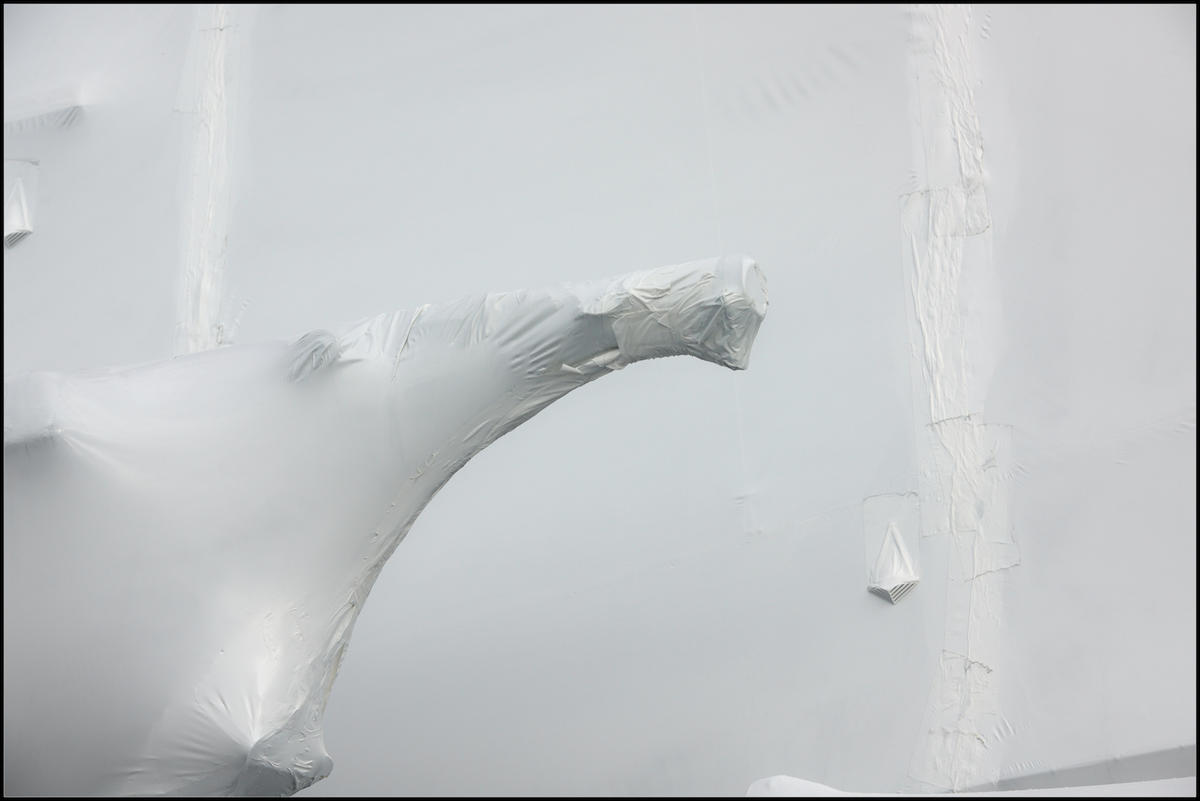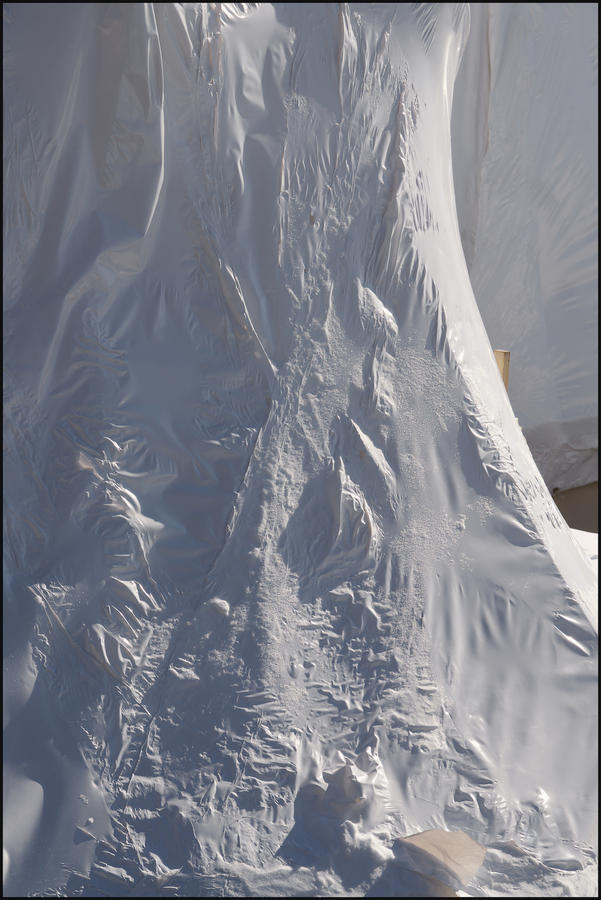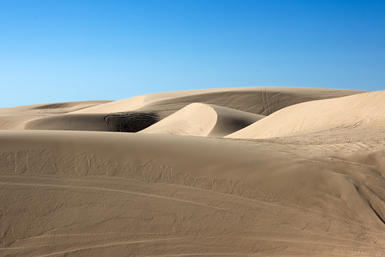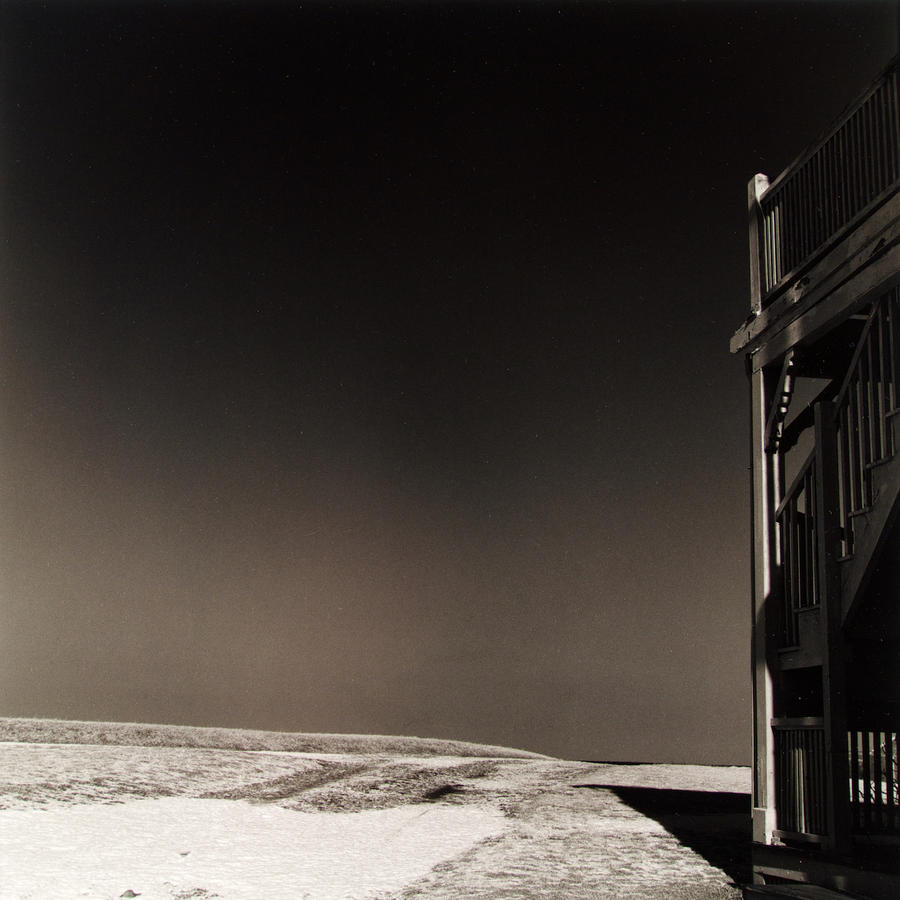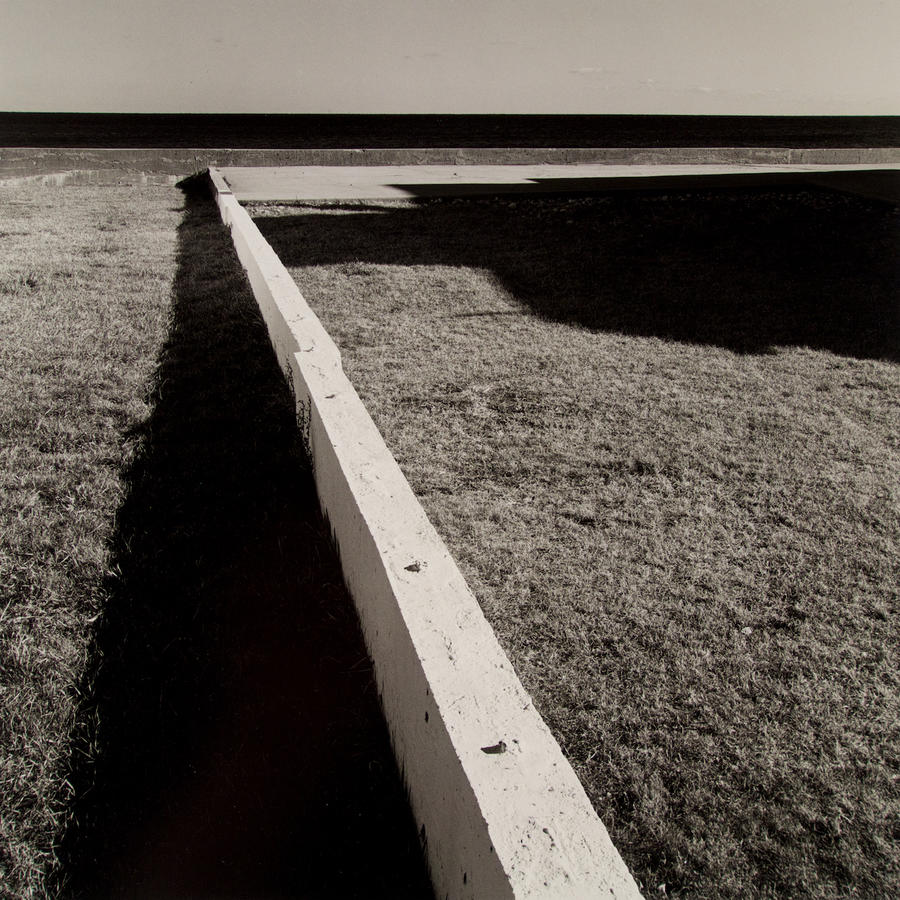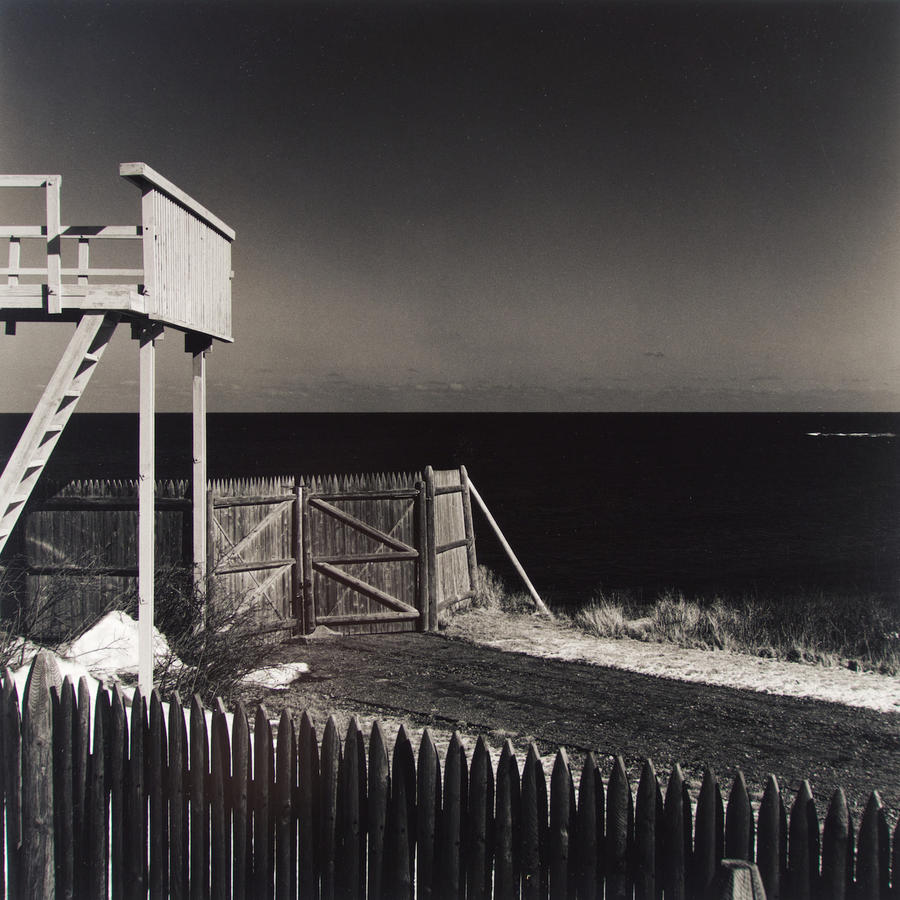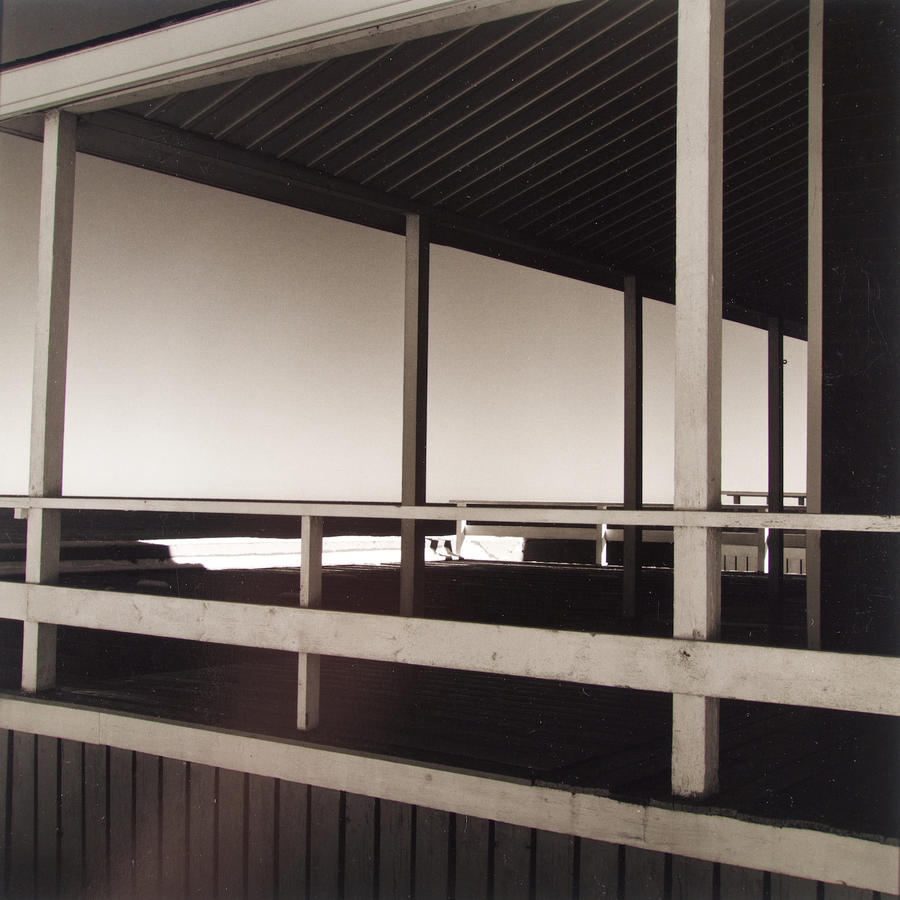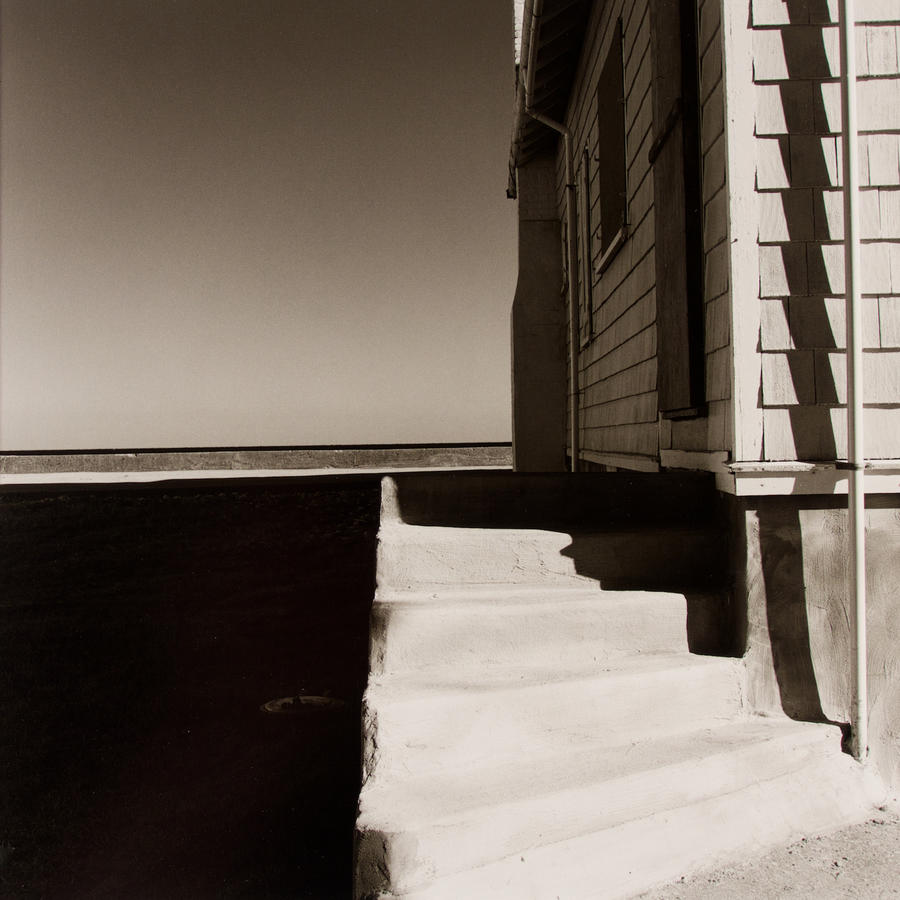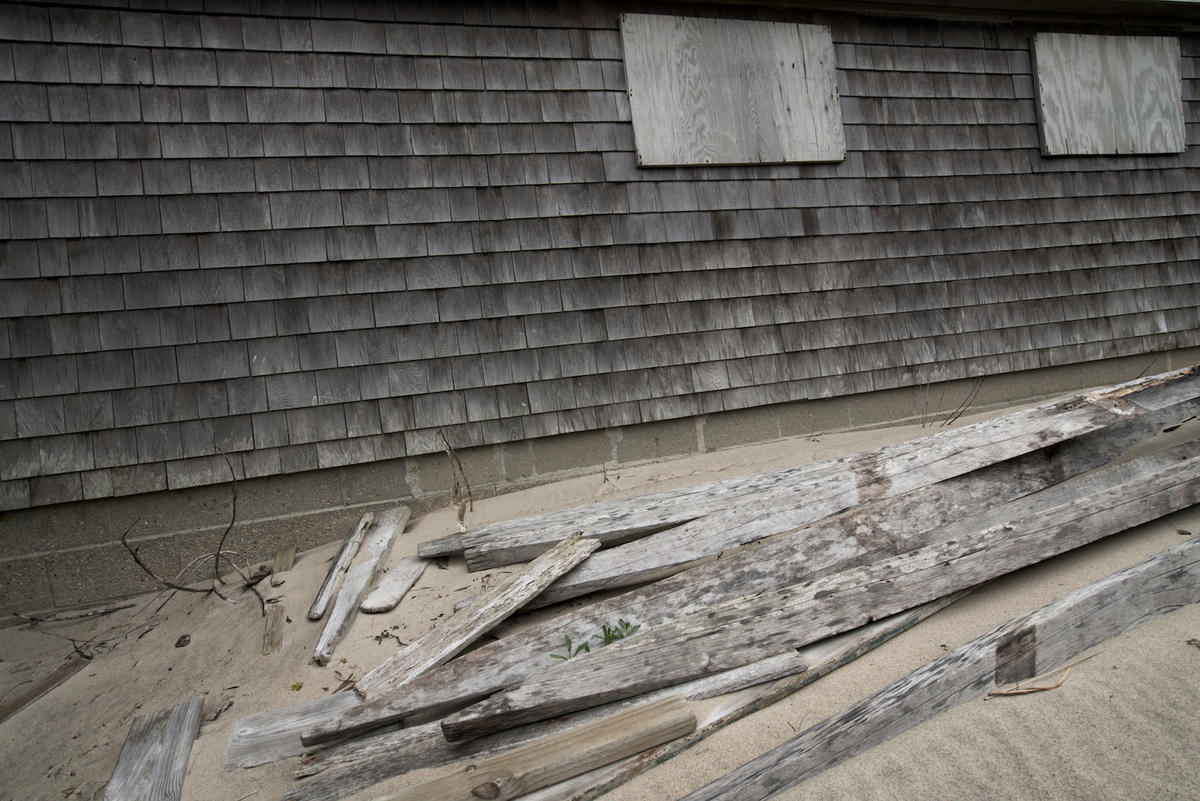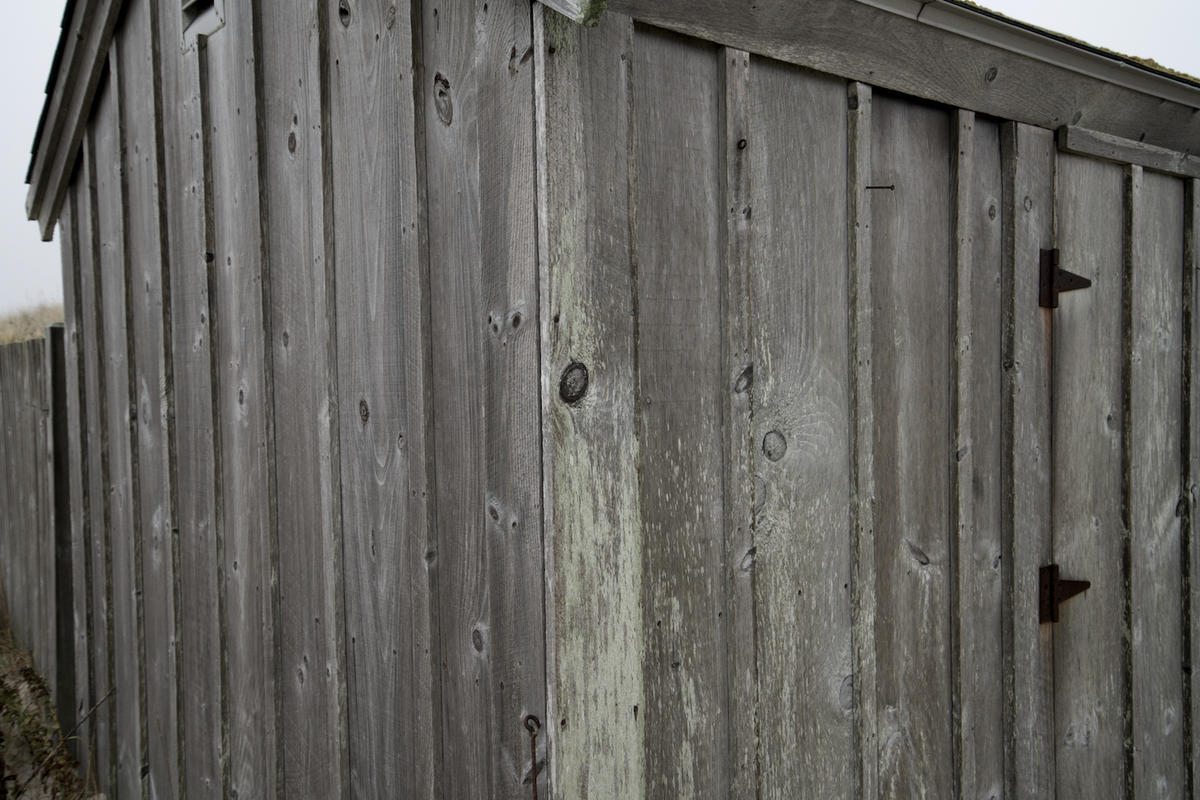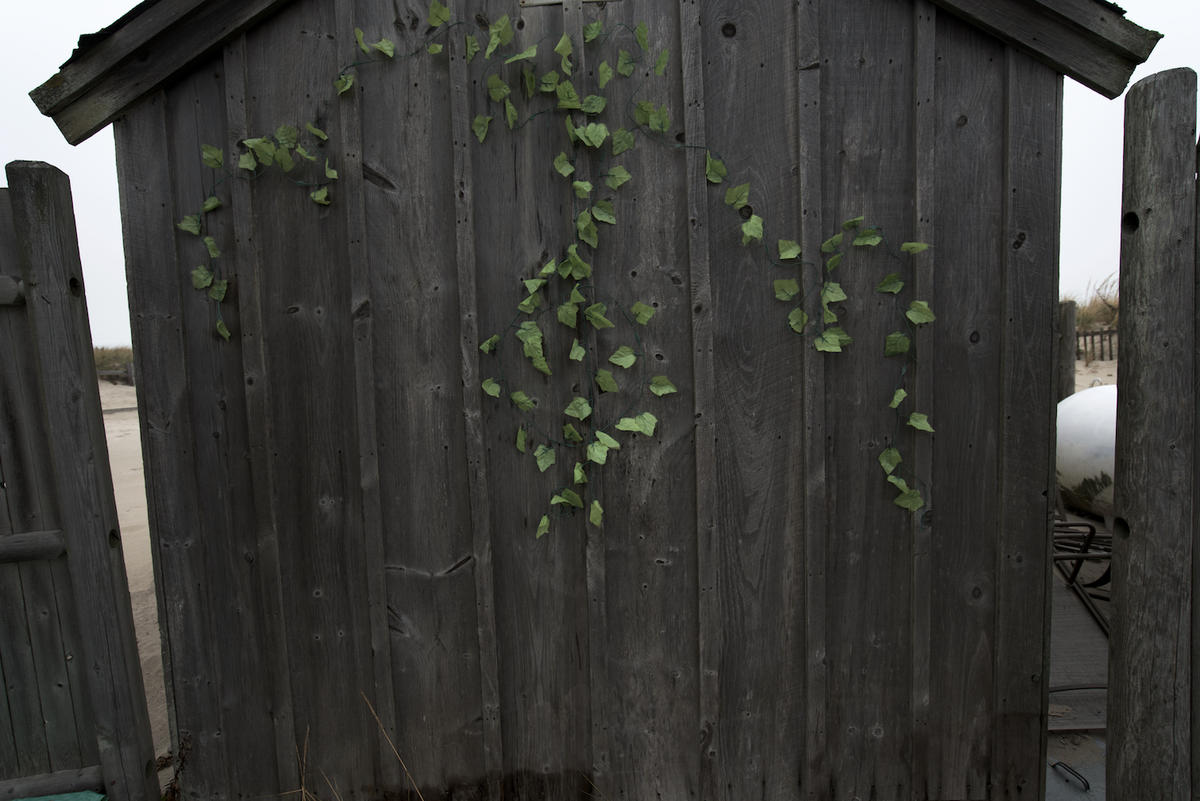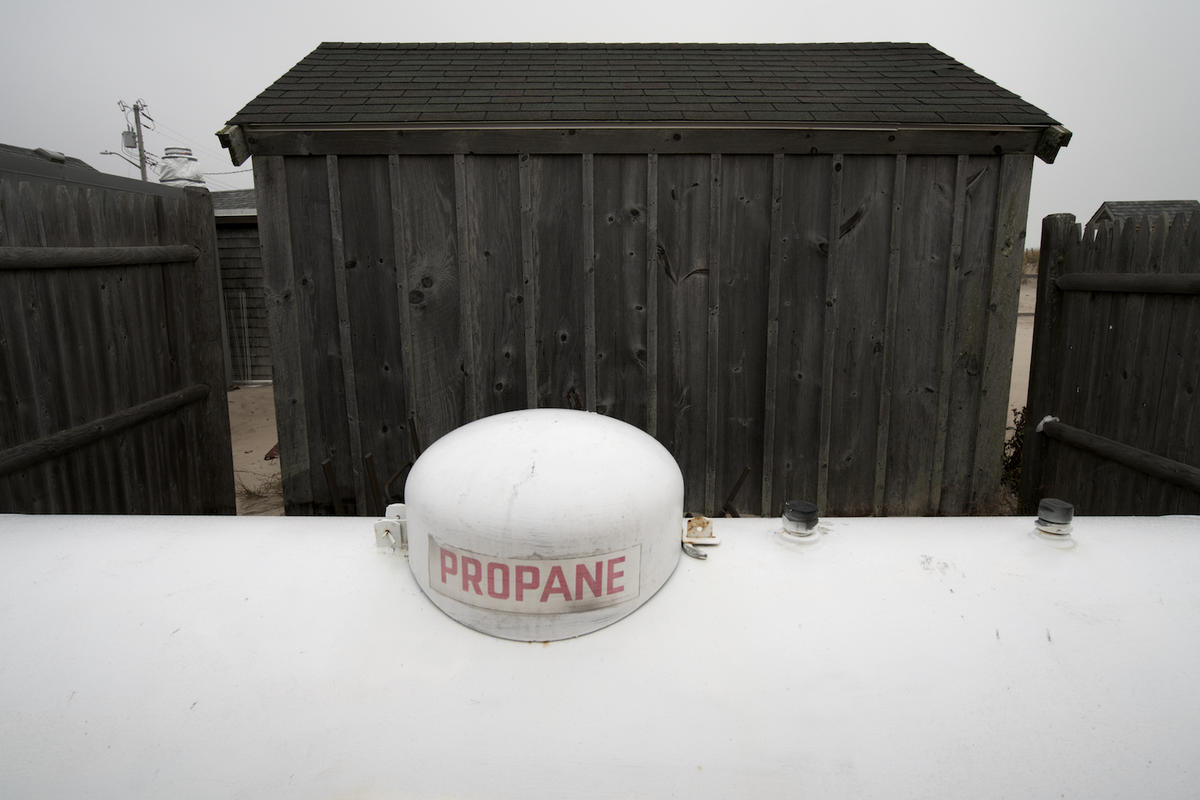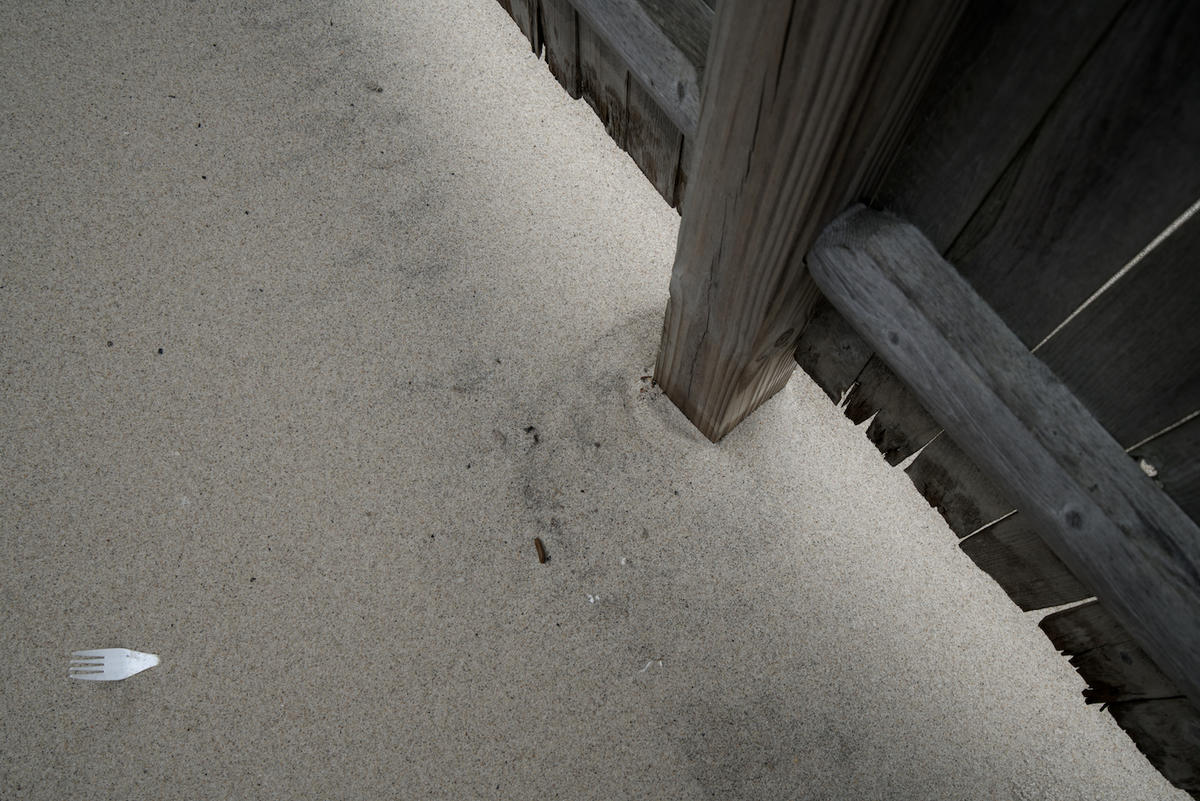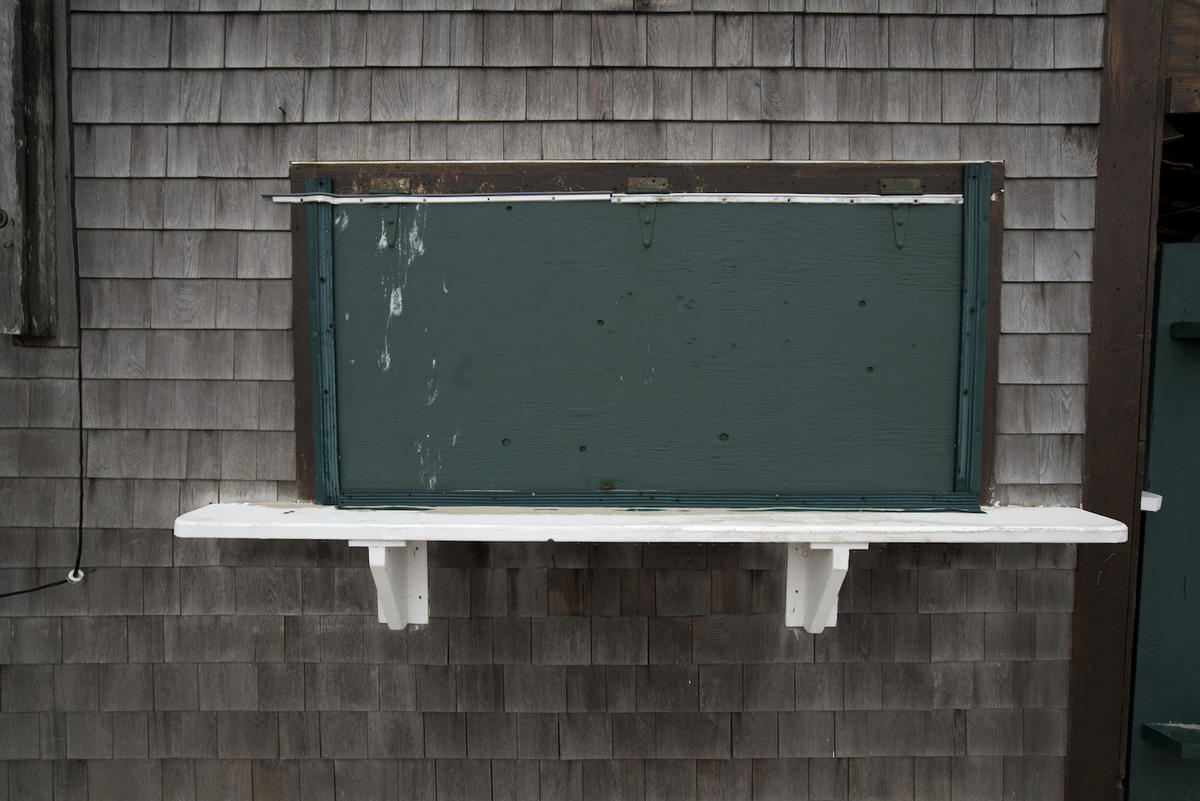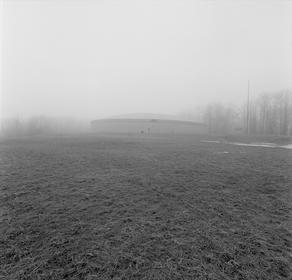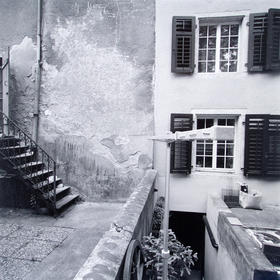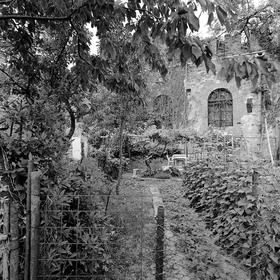Shrink Wrapped 3
I thought I had it all packaged, a known methodology, a series virtually completed, the work and manner of making predictable, all planned, really. Wrong.
First, a day with strong light, wind and blue sky clarity. I thought I'd head out to just see what I could get in the mid to late afternoon, as many of the past shoots had been in the a.m. What I got was a surprise, what turned into big deal instead of just an afternoons' diversion. Not so much what was in front of me but in how much my thinking had changed, being so all consumed with the thoughts and feelings of this new series. This is obsession, of course, and it is often what we seek but comes with its own penalties too. Last time I shot on the Shrink Wrapped project had been ten days before these. It's as though my mind worked the problem over and over, took me through possibilities and iterations, allowed me to arrive along a path without even making pictures in the various versions, then took me to here, someplace else. This make any sense? Because I am in a very different place now having made these recently.
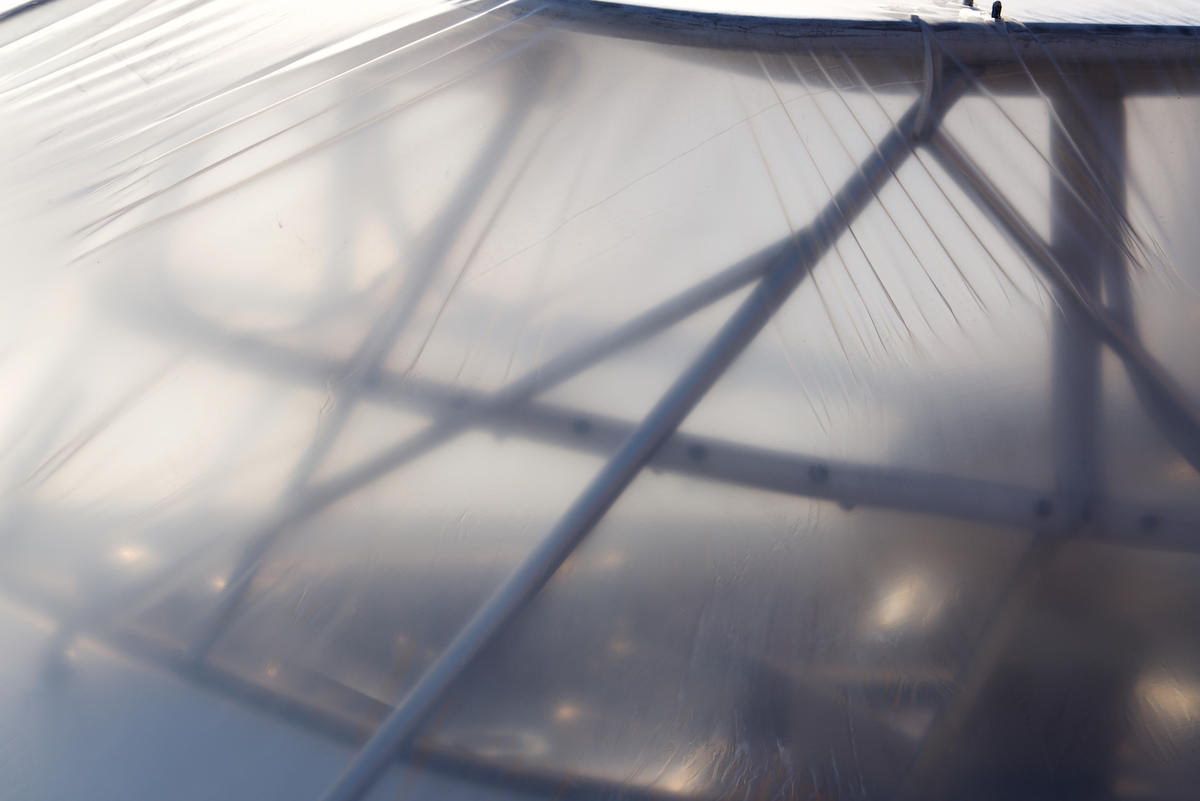
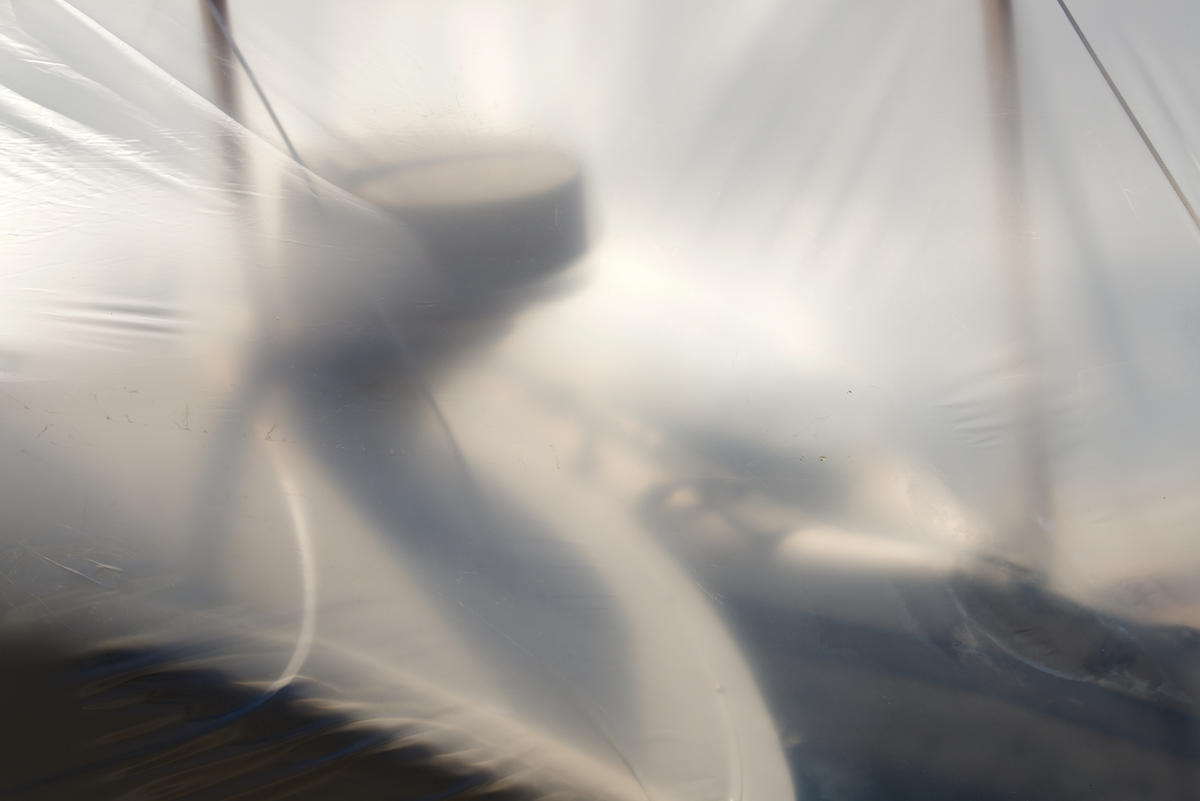

As I said, someplace different now. This is new, this phase, and this is the part where I don't know where this comes from as these are from a far more subliminal place. I feel like a passenger along for the ride. This is good but a little like vertigo as I am not sure quite where I stand. On the other hand, this heady feeling I have about these pictures means that I am no longer bogged down with some sort of base, some sort of foundation upon which the pictures reside. Oh no, not at all. So, faced with this new what I did a few days later was to is head up to Maine to find more and, as it turns out, very different boatyards with shrink wrapped boats.
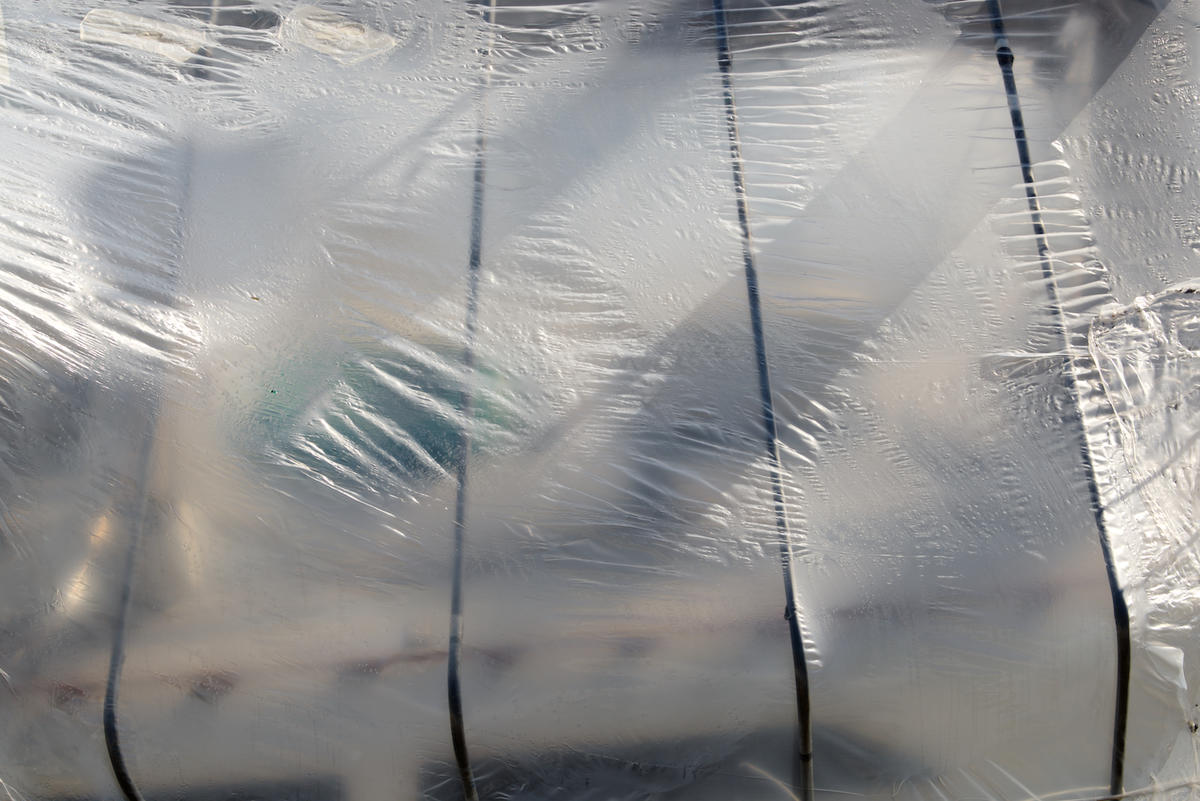

Imagine allowing yourself the permission to strike out on very new ground. Granting yourself the luxury of thought in something new and unknown, taking a leap to jump ahead several steps in some sort of trajectory, a progression to some place quite simply, new. Progress forward without restraint.This bears some relationship to how you define your earlier work, of course. One of my teachers said that it all exists as a continuum, your early work compared to your latest. Easy to diminish the earlier and place the latest on a pedestal as you like to think you know so much more now. But it is all your work, the older and the new, and so as valid and relevant as anything you've done. This is not easy as you really can't negate the time it takes to get here. This is simply paying your dues, putting the time in. But this can be something very new. Giving yourself the permission to take the leap. You want to jump ahead, don't you? You're impatient to be there. In one sense you can do that through study and looking hard but in another perhaps not, no substitute for time in. I think of this as arriving at simplicity, something a younger or less experienced artist might not see as he/she is looking for significance and "meaning". Well, by pushing for that you may find it inaccessible.
Remember when we started out on this shrink wrapped journey I said that I wanted to delve into the anatomy of a project? Well, we are know in the evolution of the anatomy.
We will have one more blog next about these stupid shrink wrapped boats (yes, this has become a love/hate relationship). The last one, I hope. Why? Because I did go up to Maine on what turned out to be just one day instead of several. One day because it started to rain which effectively shut me down. Where I found truly epic coastal fog as snow melted and the temp was in the 60's. Where I found whole new kinds of wrapped things I'd never dreamed of. Where the sky and the plastic all melted into one, like being inside a ping pong ball.
Want to put a little mystery into what you shoot? Wrap it.
Next up: Shrink Wrapped 4.

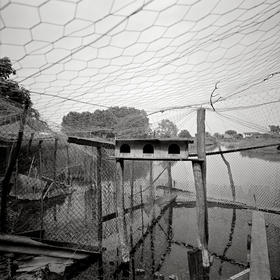
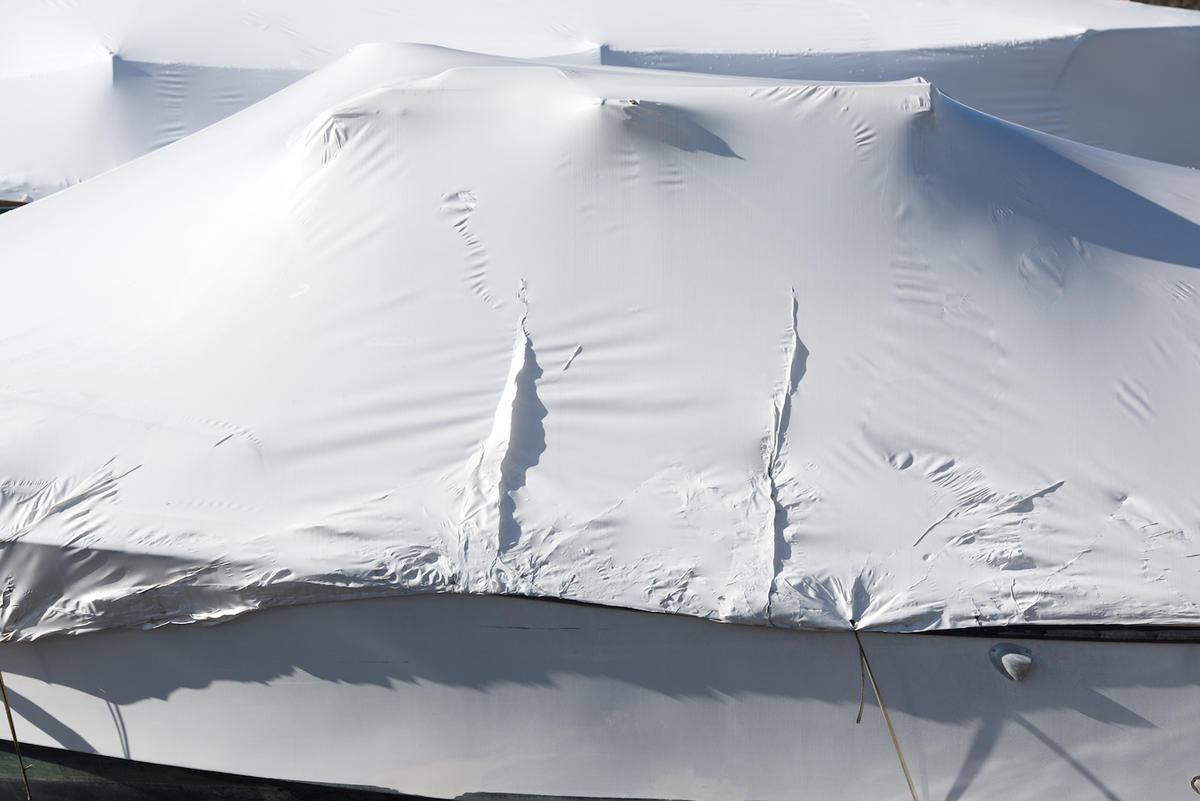
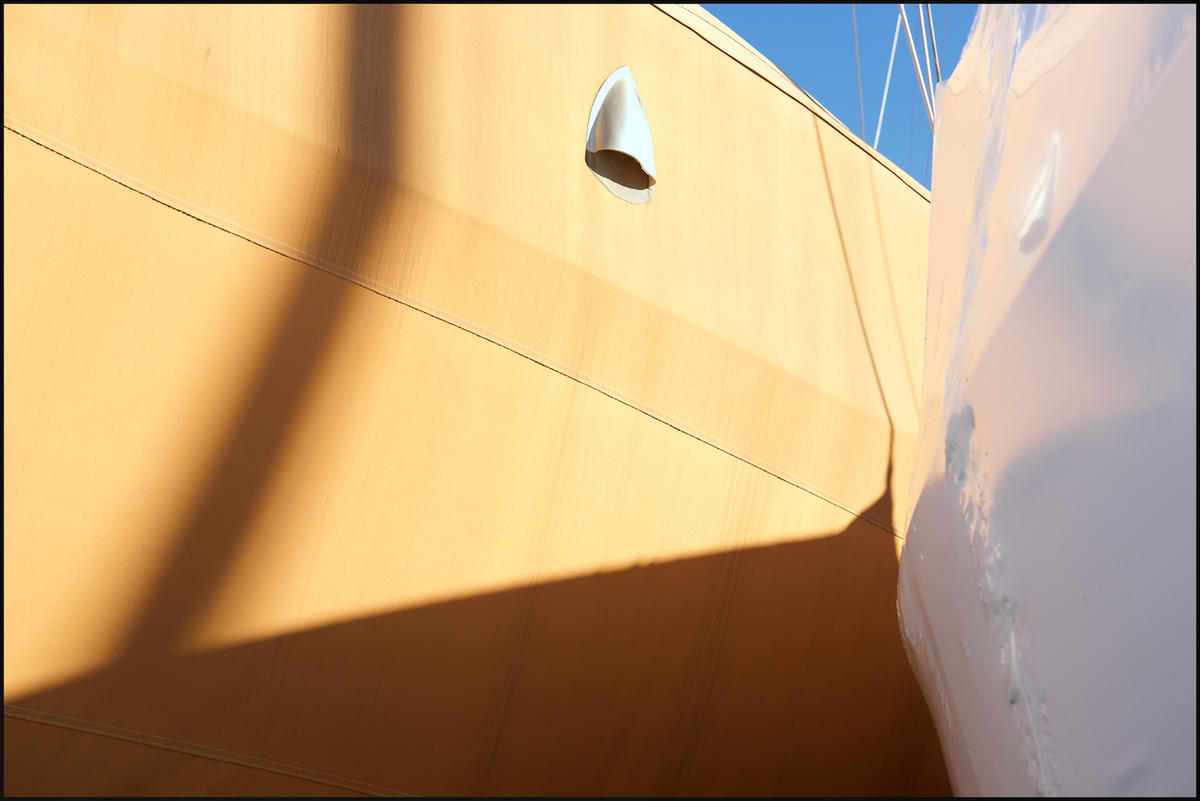
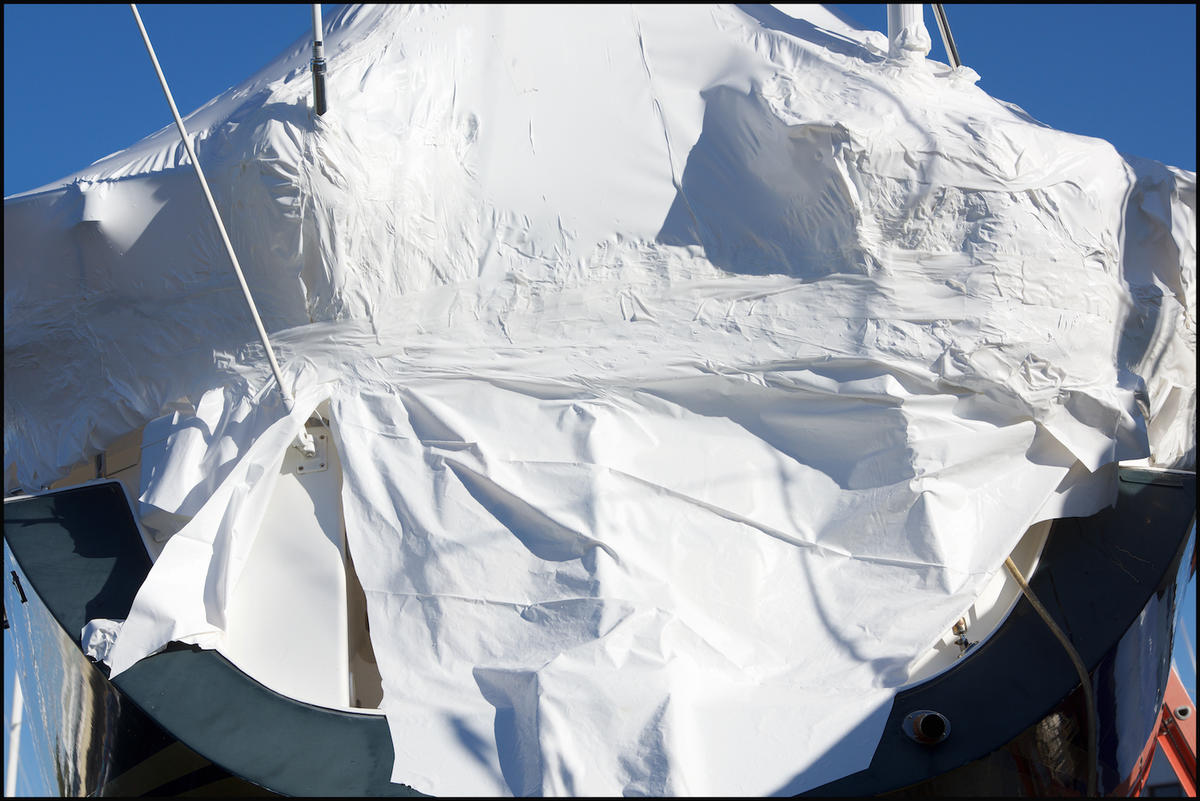
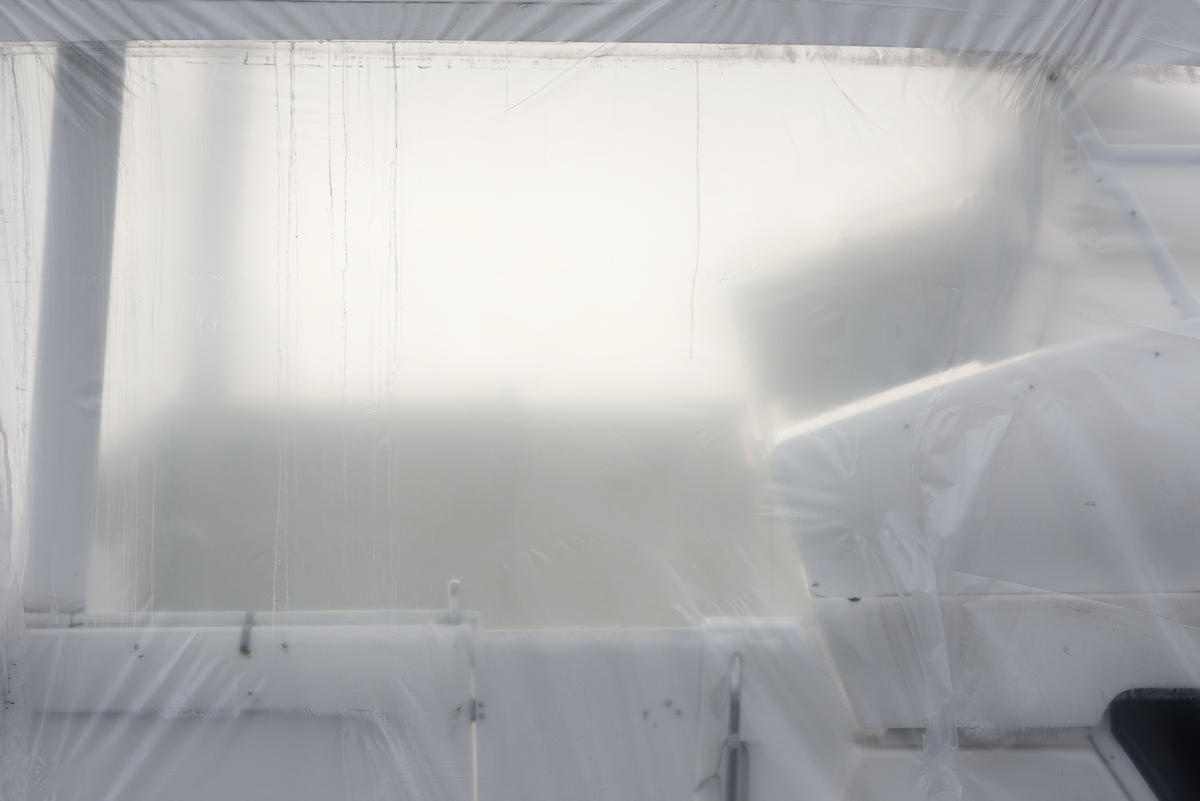
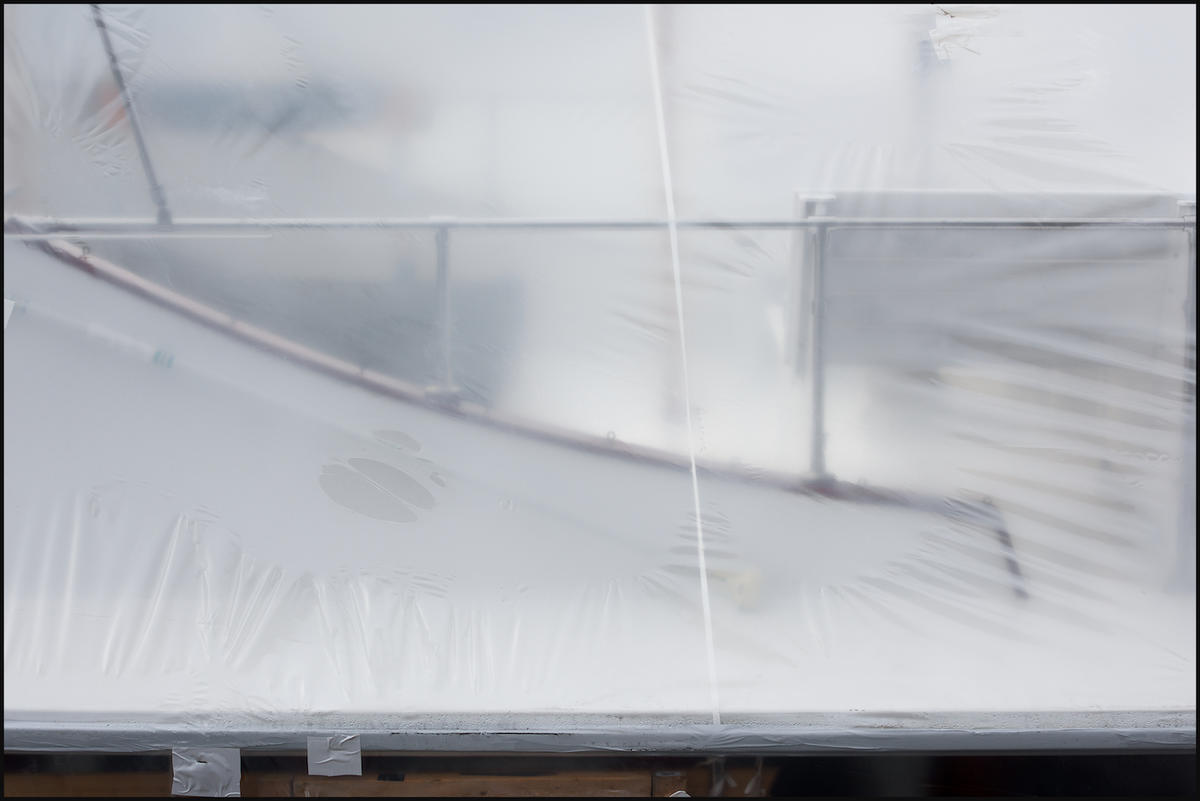
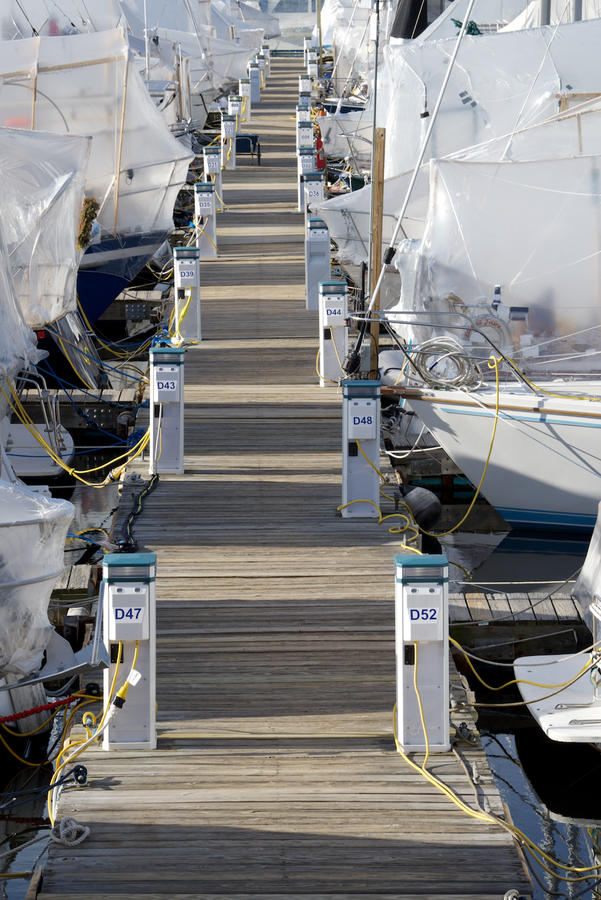
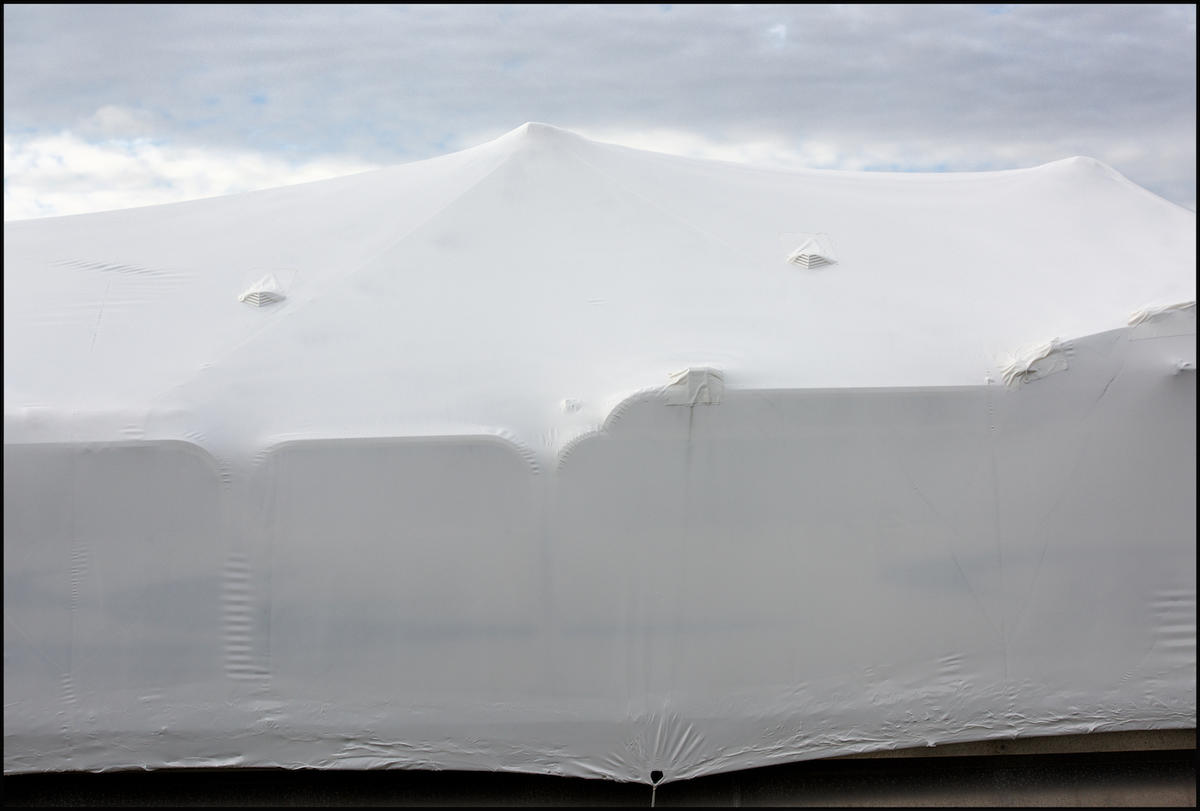 This one above now sits framed in my studio at 55 inches across, for instance. Why so big? Because I have to actually make a big print to know how it will work. And this one does work as it plays with scale so well. This one below is much newer, made in the past couple of weeks but pulls at me as it is very different and obvious but not something I would have paid attention to unless I had the experience of making several hundred other pictures before it. But look how pure it is, just this large form of a wrapped powerboat sitting there on land over the winter. So normal and yet very beautiful, one of those photographs that speak to the essence of things.
This one above now sits framed in my studio at 55 inches across, for instance. Why so big? Because I have to actually make a big print to know how it will work. And this one does work as it plays with scale so well. This one below is much newer, made in the past couple of weeks but pulls at me as it is very different and obvious but not something I would have paid attention to unless I had the experience of making several hundred other pictures before it. But look how pure it is, just this large form of a wrapped powerboat sitting there on land over the winter. So normal and yet very beautiful, one of those photographs that speak to the essence of things. 
